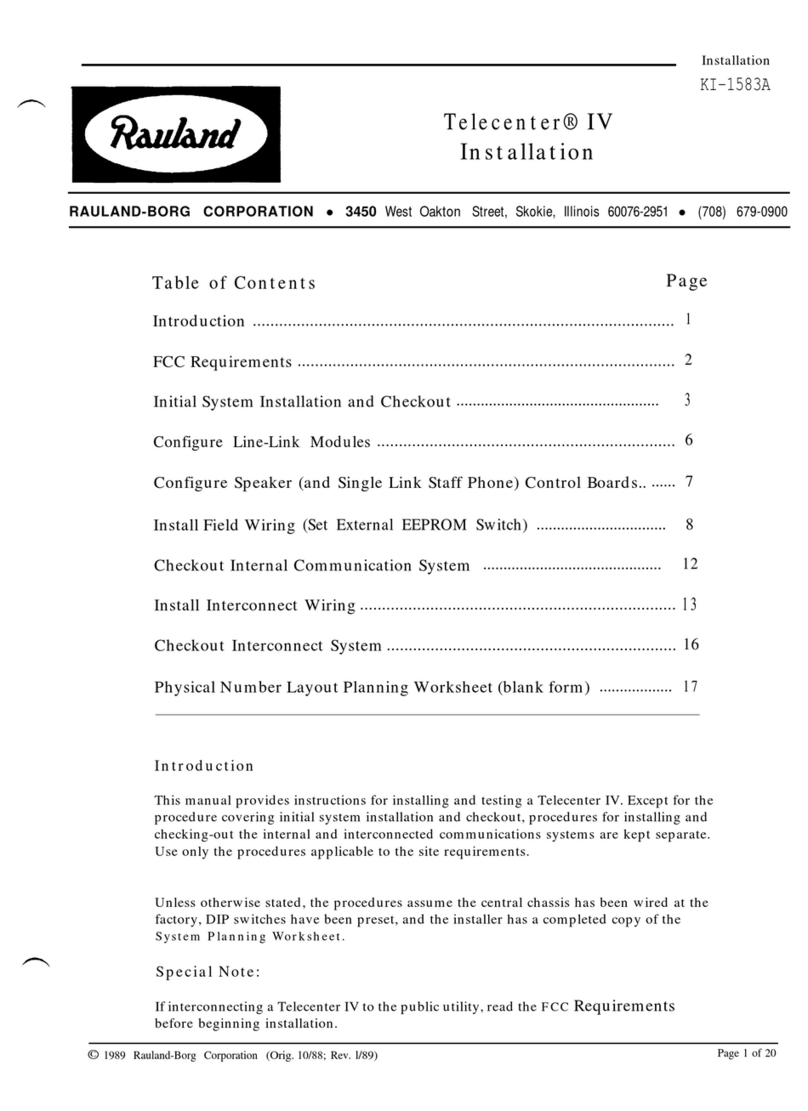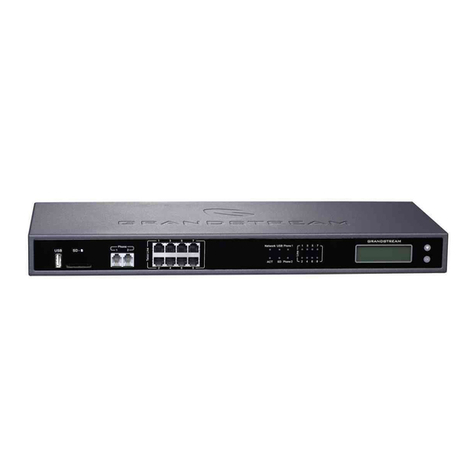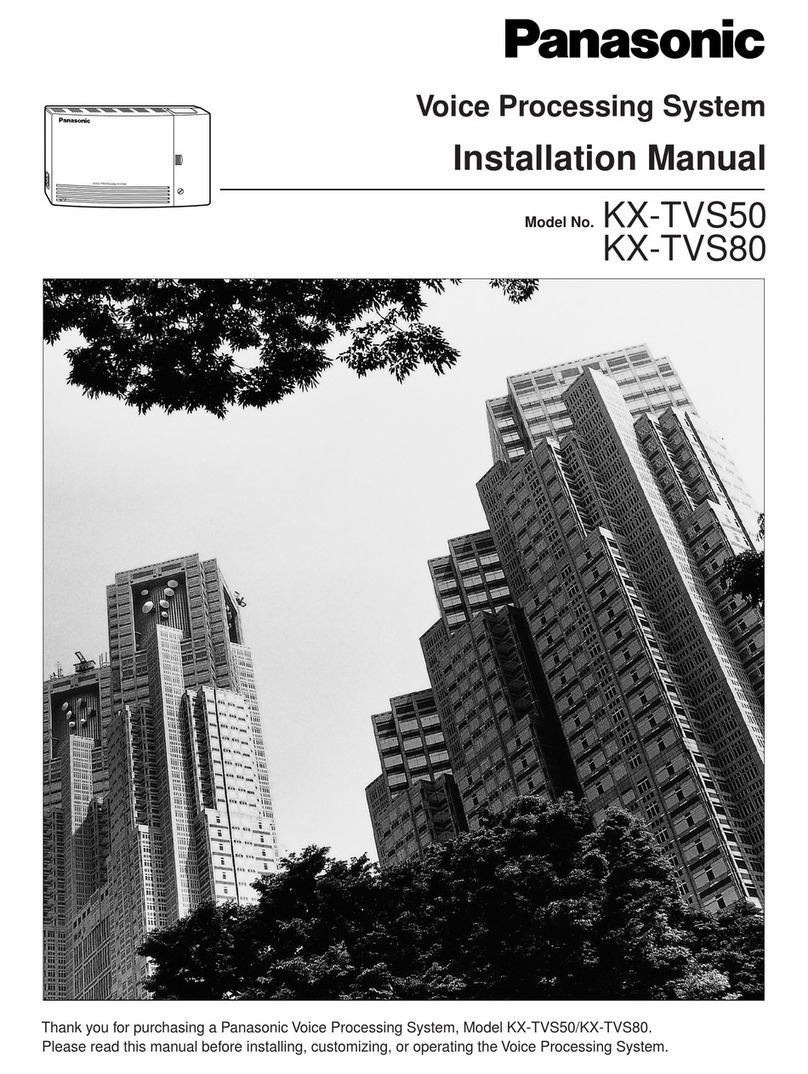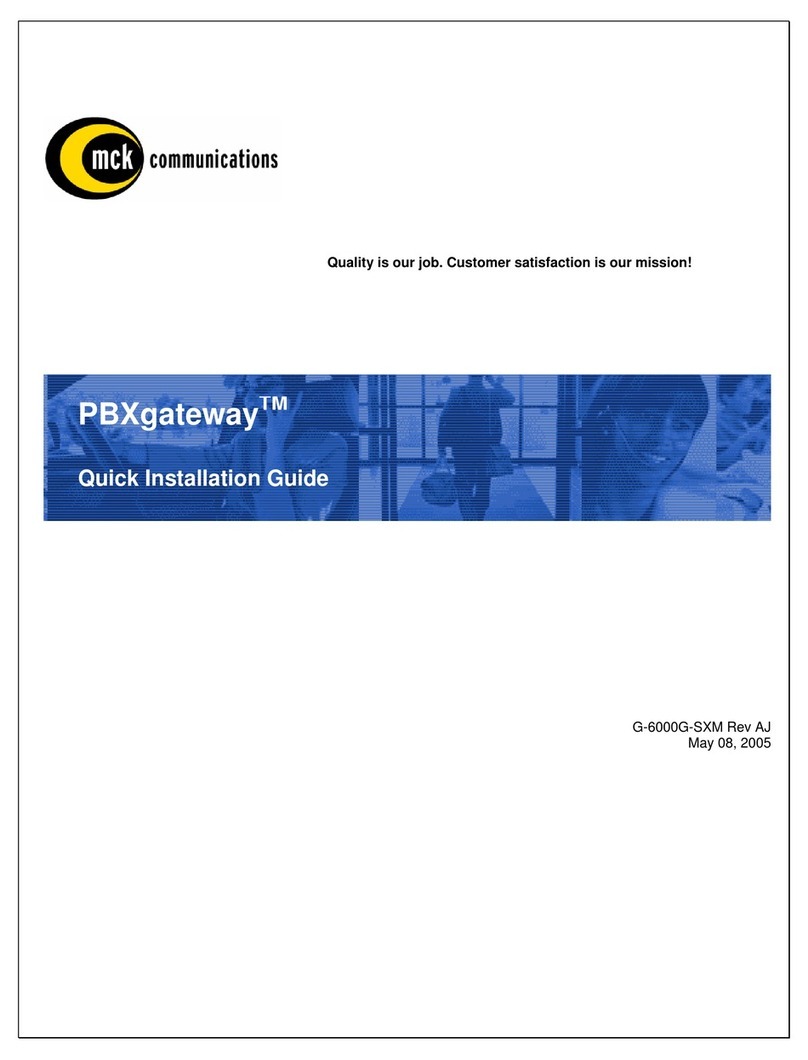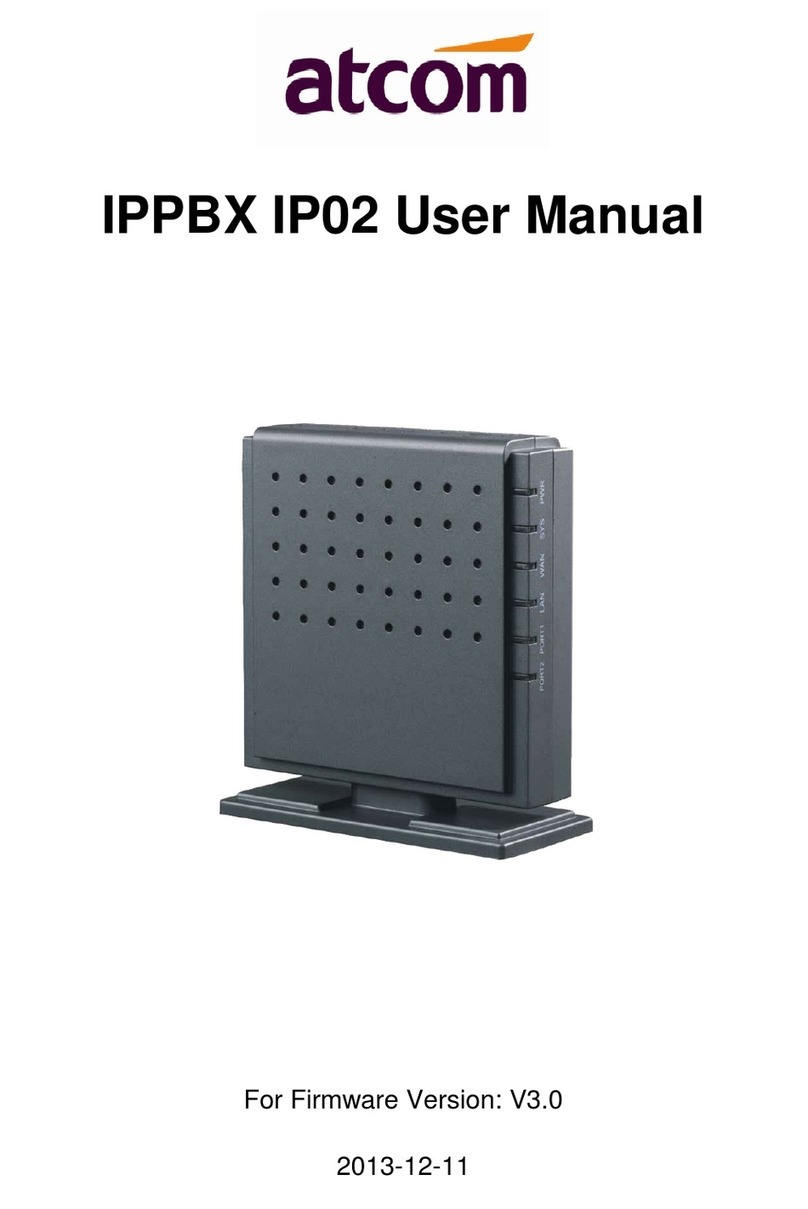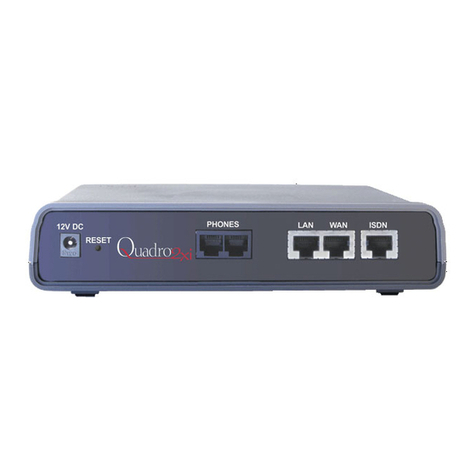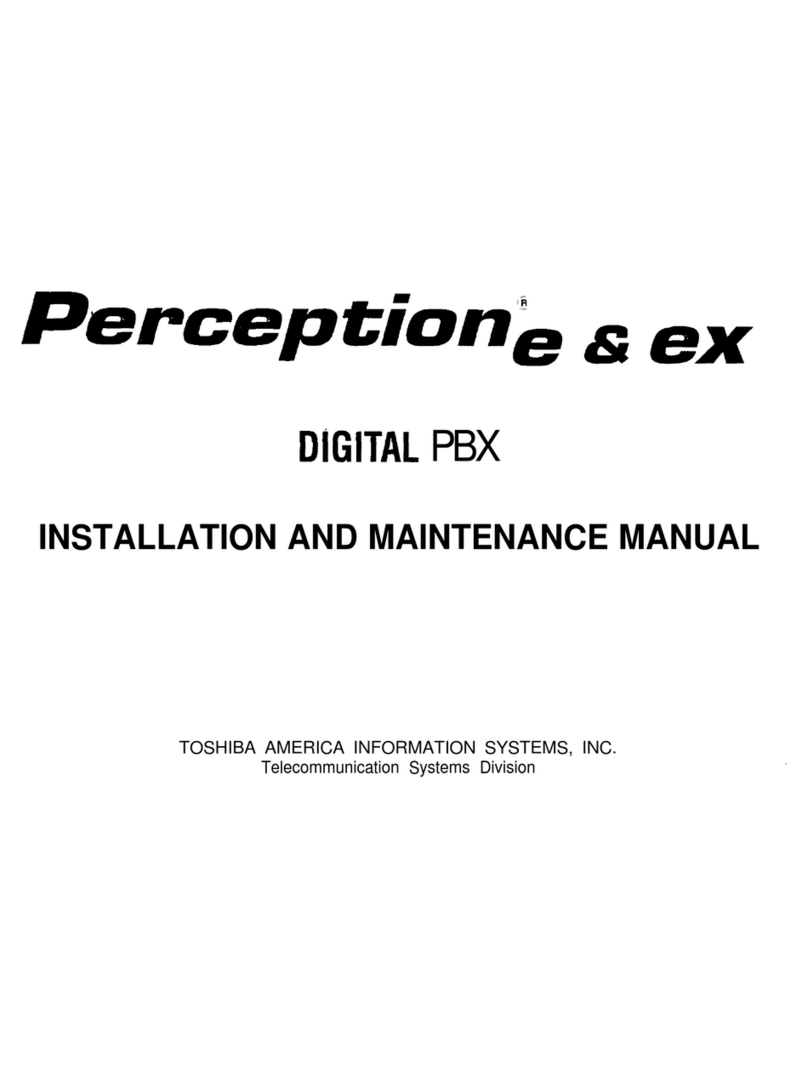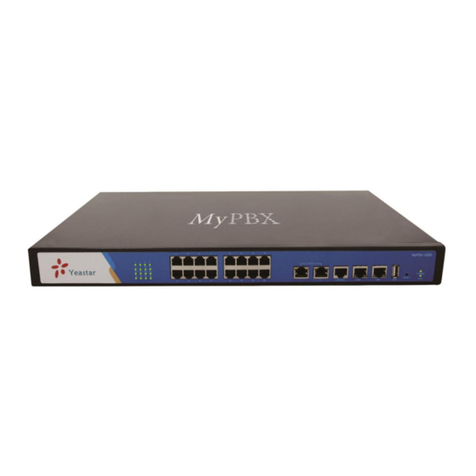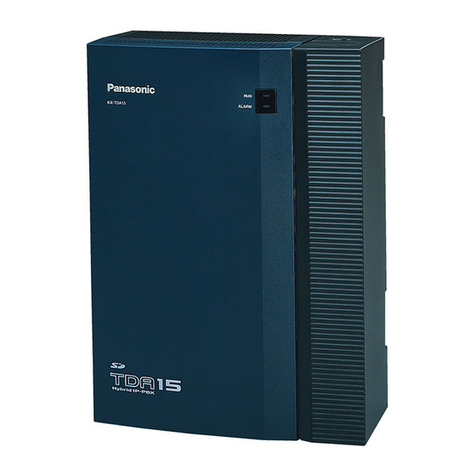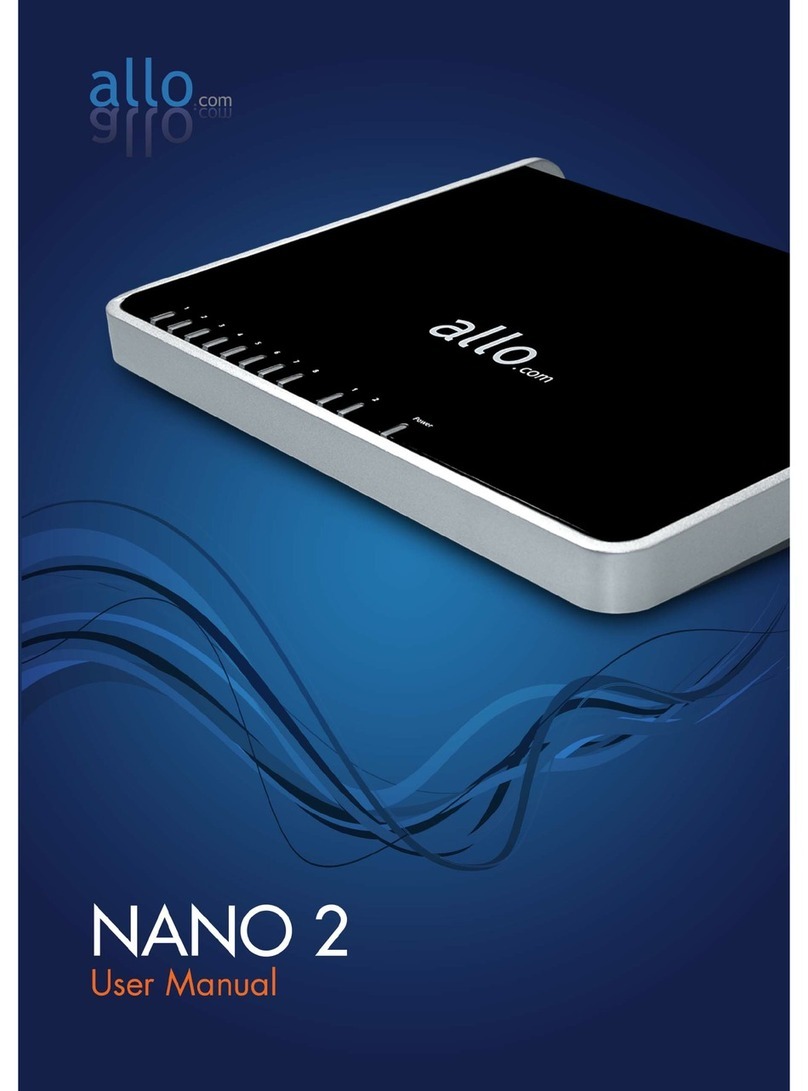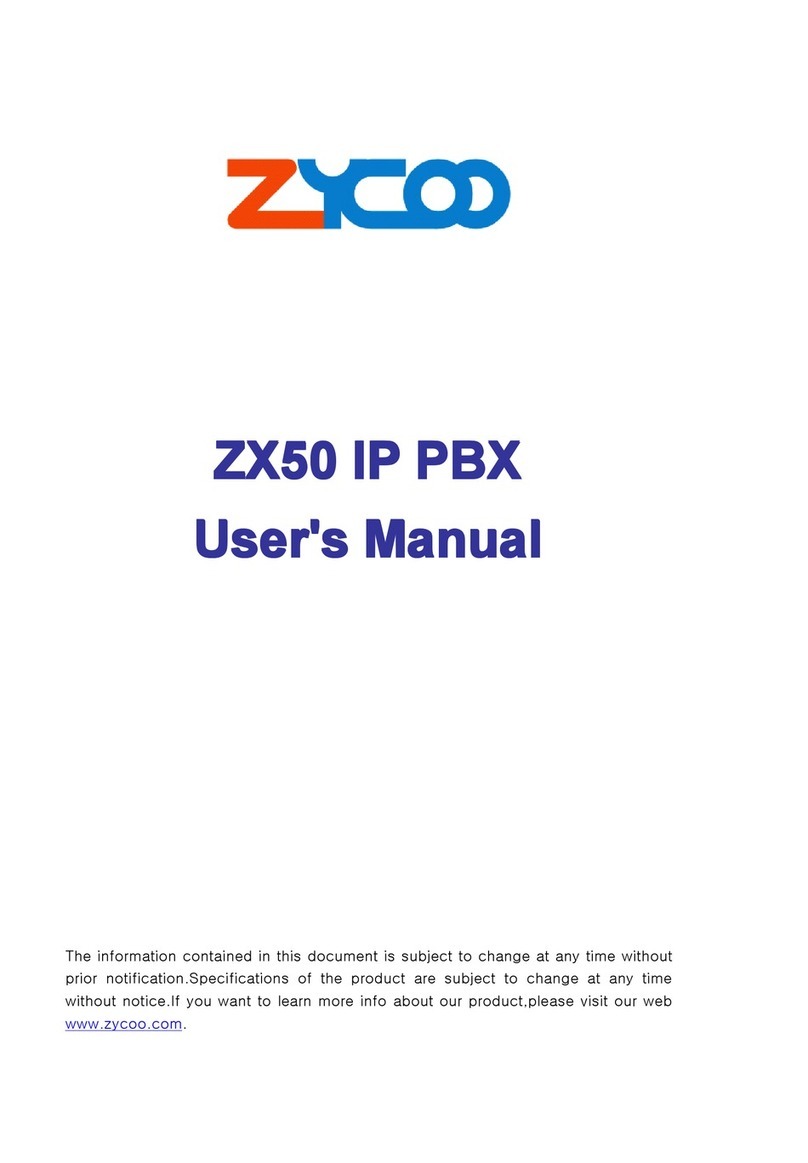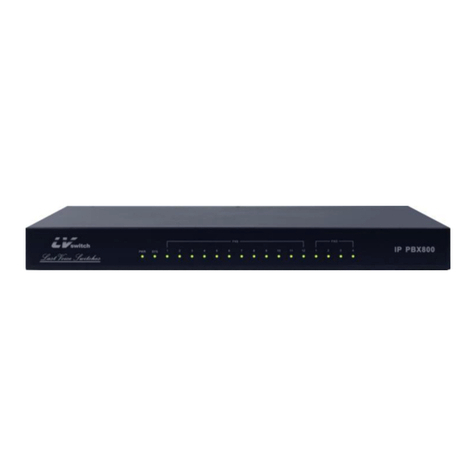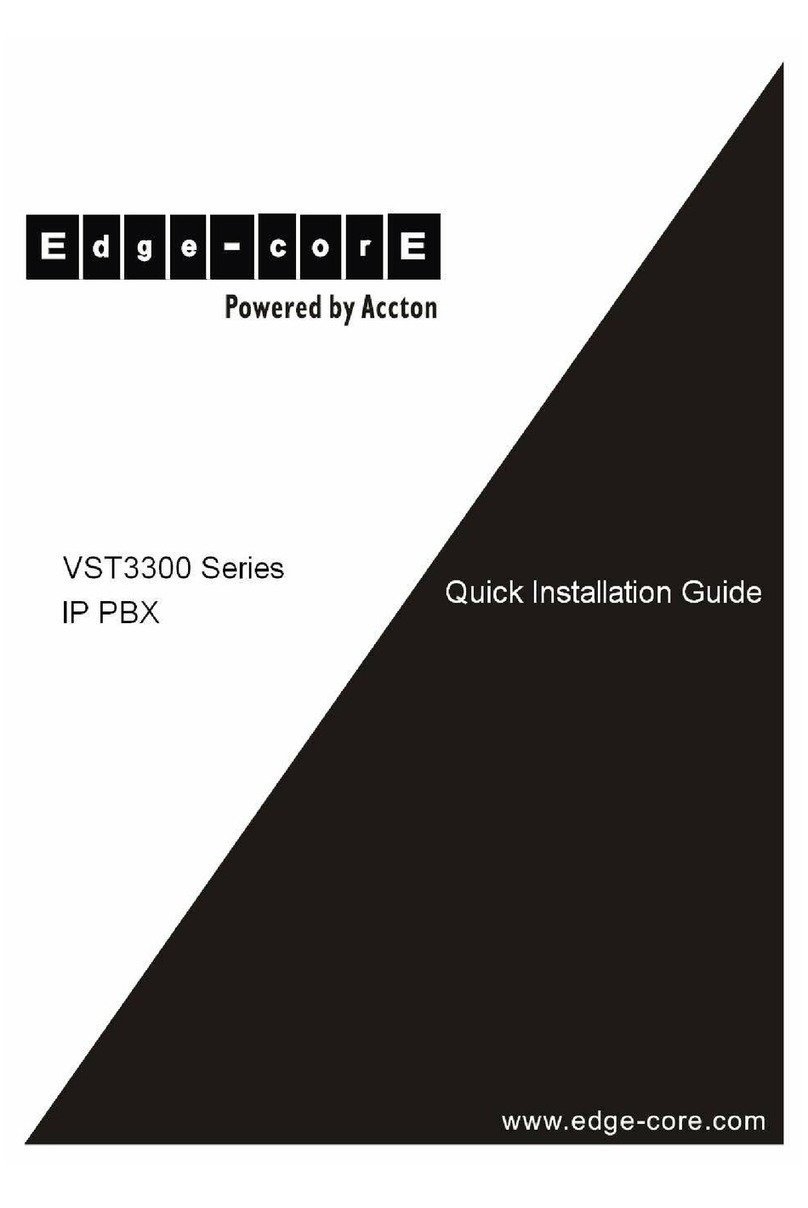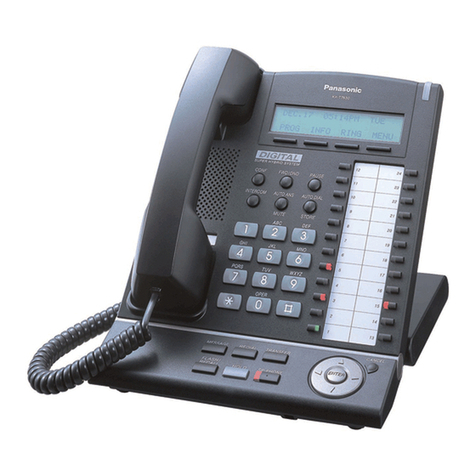5.3.9 Command Line......................................................................................................................................38
5.3.10 Cloud Service......................................................................................................................................39
5.3.11 API ......................................................................................................................................................41
5.3.12 Event Report .......................................................................................................................................41
5.3.13 Schedule Task .....................................................................................................................................42
5.3.14 Email...................................................................................................................................................45
5.3.15 FTP Server ..........................................................................................................................................46
5.3.16 Disk Manager......................................................................................................................................47
5.3.17 Reboot.................................................................................................................................................47
5.4 Network..........................................................................................................................................................48
5.4.1 Setting...................................................................................................................................................48
5.4.2 Access Control ......................................................................................................................................52
5.4.3 Firewall.................................................................................................................................................53
5.4.4 DHCP Server.........................................................................................................................................55
5.4.5 Port Mapping ........................................................................................................................................56
5.4.6 DMZ Setting .........................................................................................................................................57
5.4.7 Diagnostics............................................................................................................................................57
5.4.8 DDNS....................................................................................................................................................59
5.4.9 VPN ......................................................................................................................................................59
5.4.10 Static Route.........................................................................................................................................68
5.4.11 Hosts ...................................................................................................................................................69
5.4.12 Fail2ban ..............................................................................................................................................70
5.5 Profile.............................................................................................................................................................72
5.5.1 SIP.........................................................................................................................................................72
5.5.2 FXO ......................................................................................................................................................75
5.5.3 Codec....................................................................................................................................................78
5.5.4 Number .................................................................................................................................................79
5.5.5 Time ......................................................................................................................................................81
5.5.6 Manipulation.........................................................................................................................................82
5.5.7 Speed Dial.............................................................................................................................................83
5.5.8 AutoCLIP..............................................................................................................................................84
5.5.9 Recording..............................................................................................................................................86
5.5.10 Voicemail ............................................................................................................................................89
5.6 Extension........................................................................................................................................................91
5.6.1 SIP.........................................................................................................................................................91
5.6.2 Ring Group............................................................................................................................................95
5.6.3 Paging Group ........................................................................................................................................97
